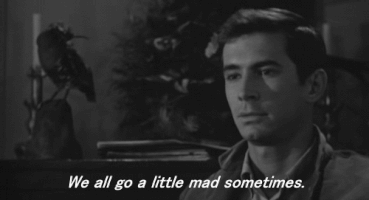

Once you have added the section of subtitles, this will appear within the thumbnail video at the top.

You will see this option next to your written text in the box provided.

This is where you can then change your timestamps, so they’re exact. However, sometimes they can run over into your next section. YouTube will automatically place the timestamps from the start to the finish of where they believe your speech runs between. You can adjust the time stamp accordingly. Once you have clipped a small portion of your video, you can add in the correct words you have said. With the final method of adding your subtitles, you can ensure complete accuracy. This does take longer than the automatic option, but it is a great way of ensuring all the words within the subtitles are correct. That way, when your entire video plays back, it will be word for word what you have actually said. You’ll be able to then watch these short clips of yourself talking and add in the correct text at the same time. With this option, you can cut your video into small sections. The last method which gives you a lot more control is to type your transcript manually. If you have a particularly strong accent or are pronouncing words they’re not familiar with, your subtitles could be incorrect. However, the issue that occurs with this, which you have probably seen in multiple videos, is that they often get words wrong. This will of course generate your subtitles for you which makes it accessible to every YouTube user regardless of whether they understand SRT files or not. Another method is probably the most popular one and this is to use the auto sync option. This is if perhaps you have created a file containing your subtitles that you wish to include within your video.

After clicking the add option you will be directed to the next page which enables you to alter the subtitles. It even states underneath this option that you’ll reach larger audiences and attract more viewers by including this within your YouTube videos. Different methods of adding subtitles to your content Whereas, before you would have to go about things in a very different way. Previously you were able to add subtitles to your videos, however YouTube have recently added the option into your editing stages of your upload. You will reach a section titled Video elements and this is where you will now see an option to Add subtitles. Add still or animated borders to your GIF in seconds when you use Kapwing online.Once you have uploaded your video to YouTube, and you’re going through the various sections where you add in captions and descriptions, you’ll be able to add subtitles. Never run into the issue of only being able to add a border to a still image. Make your GIF borders as thick as you’d like by clicking on the same padding option multiple times. This replicates the color scheme of your video but blurred out and in the background rather than beside or on your content. Change the color of your border by selecting a custom color from the color picker or add a gradient to your borders with canvas blur. Use the text font, Impact, for memes, Helvetica for classic subtitles, and Verdana if you want a vintage feel to your subtitles.
#Add subtitles to gif full
With a vast library of text fonts and the ability to upload your own custom font, you have full control over the style of your GIF with a border. Keep your GIFs high quality when you add borders for captions, subtitles, or context online. Animated GIFs are meant to deliver value in a short time span - sometimes even less than 8 seconds. Deliver value to anyone who lays their eyes on your GIFs all in one place.


 0 kommentar(er)
0 kommentar(er)
